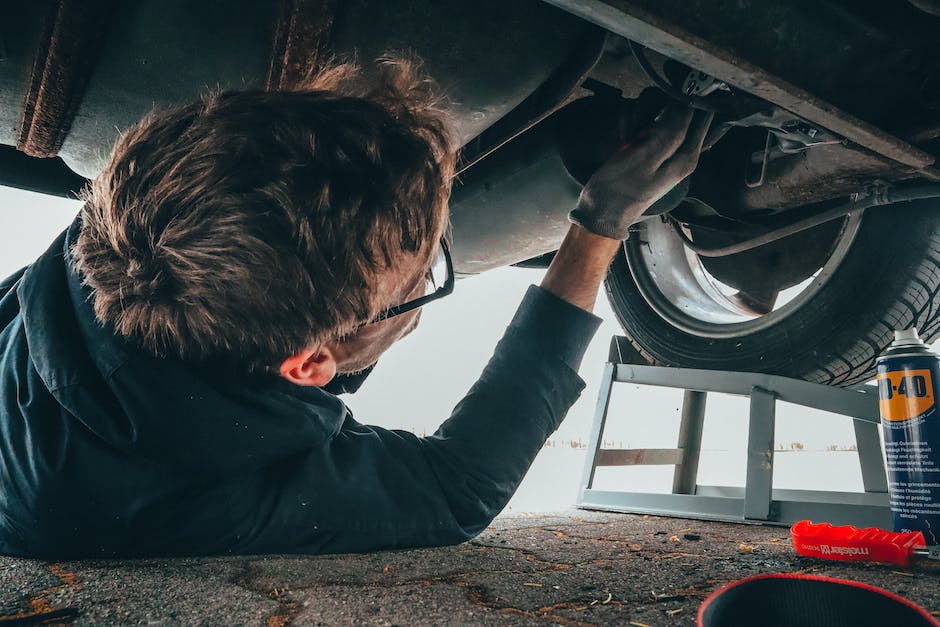Automotive batteries are an example of which hazard class they are. These batteries come in different sizes and shapes, making it easy for a user to find the right one for their needs.
Some are built to last while others are not. These types can be distinguished by how they’re packaged and how long they last users.
The wrong type can lead to overcharging, overheating, and even fires! It is important to know which type you have if you have a new car or one that has been taken care of for some time.
This article will talk about what types of automotive batteries there are, how they work, and whether or not they need to be changed.
People who work with automotive batteries should know the risks
In order to make a well-performing battery, there are steps that are taken into account. These include developing a understanding of how the battery is made, how it is stored, and how it is handled.
As the word battery implies, this piece of equipment refers to a piece of hardware that can power a thing or people. You can think of it as the power cord for your electronics.
It can be difficult for new professionals to stand on their own two feet. It takes time to develop the confidence to handle these batteries, and how to prevent and remedy any damage.
There are several reasons why new professionals should not try out this field.
Understanding the nature of the hazard will help prevent accidents
When looking at automobile batteries, people typically look at how long they last and whether they are compatible with other devices.
But while these factors are important, they are only part of the picture. Only a battery can protect a device from a circuit-wide discharge.
Another important part of the battery is the protective film that covers its positive and negative terminals. When a device needs power, it must disconnect the protective film’s connections in order for it to receive power.
This is true even on modern batteries, which may have safety features that prevent completely overcharging or overstandinger.
Always handle batteries properly
When installing or extracting a battery, you should always be aware of the class of battery you are using and how to use them.
Most people know about standard-size (AA, AAA, C-C) batteries. These can be placed in a flat battery box with the positive and negative terminals connected.
However, some larger devices require a larger-diameter (D-size or C-size) battery and that requires removing the old one. Then you can connect the new one to the positive and negative cables, respectively.
Standard-size batteries are generally not recommended for outdoor use due to their lower charge capacity. This is due to increasing use over time. When you use a standard size battery for a long time, it will decrease in capacity faster than other sizes.
If you are going into an extreme environment where durability is important, then only using large batteries is wrong.
Know the different types of batteries
There are three main types of batteries: lead-acid, rechargeable, and lithium-ion. Each has its own advantages and disadvantages.
Lead-acid batteries were the first type of battery to become popular. These are still the most common type in modern cars, as they last for a long time and are easy to replace.
Rechargeable batteries are similar to rechargables on a regular level, but they must be charged before use. Lithium-ion batteries do not require charging before use, but they do have the tendency to cost more than their lead-acid counterpart.
Finally, there are nickel-metal-iodine (NiM/I) cells, which contain both an acid and a positive & negative terminal.
Automotive batteries are typically used in starting engines
They are an example of Which Hazard Classhenthe battery is classified as a high hazard classifier. This means that it can be very dangerous if not handled correctly.
If a battery should break down, it may cause a vehicle to not start or drive poorly. If it were to exceed its normal lifespan, it could threaten the safety of your vehicle.
To prevent this, vehicles typically have a policy in place to replace the battery when it is below an average lifespan. Auto dealers can help you find this policy if they know your vehicle model and what type of vehicle you have.
Additionally, if you have a maintenance plan with your car company, then they can send you replacement batteries through the mail. It is important to keep an eye out for these policies and checks to ensure they are being followed.
They contain a lot of charge and energy
This is the class of battery that requires proper disposal when it is time to replace it. These can be a little pricey, but not unless you also count the cost of having them.
Known as high-cost batteries, these are expensive because they require more power to function. When charging a battery, you must be careful not to crush the terminals or they won’t charge.
If they need to be replaced in a certain amount of time, then an adequate charge and recharge times are needed. As with all batteries, make sure it was replaced with a new one that was of the same type.
They can create explosive gas if not handled properly

When you see automobile batteries, it can be difficult to tell if they are in a safety class h or i like. These kinds of batteries have a metal case that holds the charge and control for the automobile battery. These kinds of batteries can create explosive gas if not handled properly.
These kinds of batteries are typically used in older, low voltage vehicles that require heavy duty battery power. They are important because if the power goes out, the car will be able to start without starting up generator power.
If you are looking to replace your old automotive battery, there are some factors that may matter when choosing one. First, we recommend looking for one with a gauge that shows how much charge it has, as new ones may need this after years of use. second, check to see if it is a class h or i like like battery because those do not generate heat and protect the axles from heat and abuse.
They can cause burns if exposed to skin

The wrong type of automotive battery can cause a lot of pain and inconvenience. If these are removed or damaged, you can lose a lot of power.
The wrong class of battery can cost a lot of money. If they are replaced with a lower grade, they must be added back in at an increased cost. This is because the government requires that they be included in the electrical system to maintain stability and charge level.
This is why it is important to use the right type of automotive battery for your vehicle. You do not want to be stuck with an low-quality battery that does not maintain a charge and/or does not hold a charge if you were to use your car on occasion.
There are some kinds of batteries that are appropriate for all cars, including those that maintain charge and/or output power. Being aware which class of battery you have can save you from certain problems with your car, such as no charging or outputting power.








